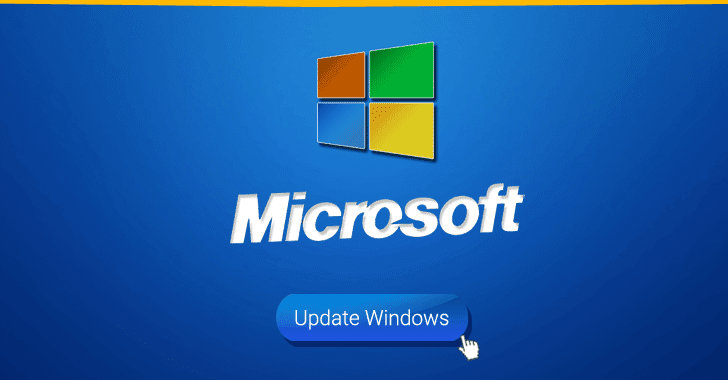Zero-day vulnerabilities are frequently referenced in regards to PC security, but it’s also a term which most PC users will be completely unaware of.
Any vulnerability that is present in your organization’s IT network poses a significant danger to the security of your data and equipment. Educating yourself and your staff on the dangers posed by these vulnerabilities is an important security practice, so understanding what zero-day vulnerabilities are is a crucial step in securing your PCs.
To help you get started, we’ve put together a quick guide to provide you with a zero day introduction.
What Happens on Zero-Day?
The definition of a zero-day vulnerability is very simple; it’s any exploit or security bug that is present in software or hardware that isn’t patched as the software vendor isn’t aware of its existence. To be considered a true zero-day vulnerability it must also be known to hackers. And this is where it becomes a huge security concern.
With hackers aware of such an exploit (known as a zero-day exploit), they’re essentially granted free rein to continually exploit this vulnerability in the face of little opposition. Therefore, malware can be installed, data can be stolen and whole networks taken down without software vendors and customers being aware of how it’s happening.
Once the zero-day vulnerability has been confirmed and the software vendor made aware, Day Zero is established. Naturally, any period before Day Zero is highly problematic, but even the commencement of Day Zero provides little comfort. And this is because developing fixes and patches isn’t an instant process. Instead, time and effort needs to be invested in creating these patches and ensuring that customers install them as soon as possible.
What are Some Examples of Zero-Day Vulnerabilities?
Now that you understand a little more about the makeup of zero-day vulnerabilities, it’s time to consolidate that knowledge with some real life examples:
- Microsoft Windows Vulnerability: Even the seasoned professionals at Microsoft are capable of falling foul to zero-day vulnerabilities with one recently being discovered in the system file Win32k.sys. The exploit can be launched by a specific malware installer and, without the relevant patch, can be considered very dangerous.
- Adobe Flash Malware: Adobe have suffered numerous zero-day attacks and, in 2016, their users experienced a zero-day vulnerability packaged within an Office document. Activating this vulnerability allowed hackers to download malware to the affected PCs and begin exploiting data until Adobe hastily issued a patch.
- Internet Explorer Loses Control: Microsoft was, again, victim of a zero-day vulnerability in December 2018 when their Internet Explorer app experienced a severe security risk. It’s believed that the vulnerability is exploited by directing victims to an infected website where the hackers can then assume control of the PC from a remote location.
Final Thoughts
Zero-day vulnerabilities are troubling security flaws as their very definition means that there is no immediate protection available. Accordingly, it’s important that your organization takes the following steps:
- Always install all updates to ensure zero-day vulnerabilities are treated as soon as possible
- Backup all data and store it correctly in the case of a zero-day vulnerability disrupting your network and productivity
- Educate your staff on the dangers of zero-day vulnerabilities and ensure they’re aware of the telltale signs of infection
For more ways to secure and optimize your business technology, contact your local IT professionals.








